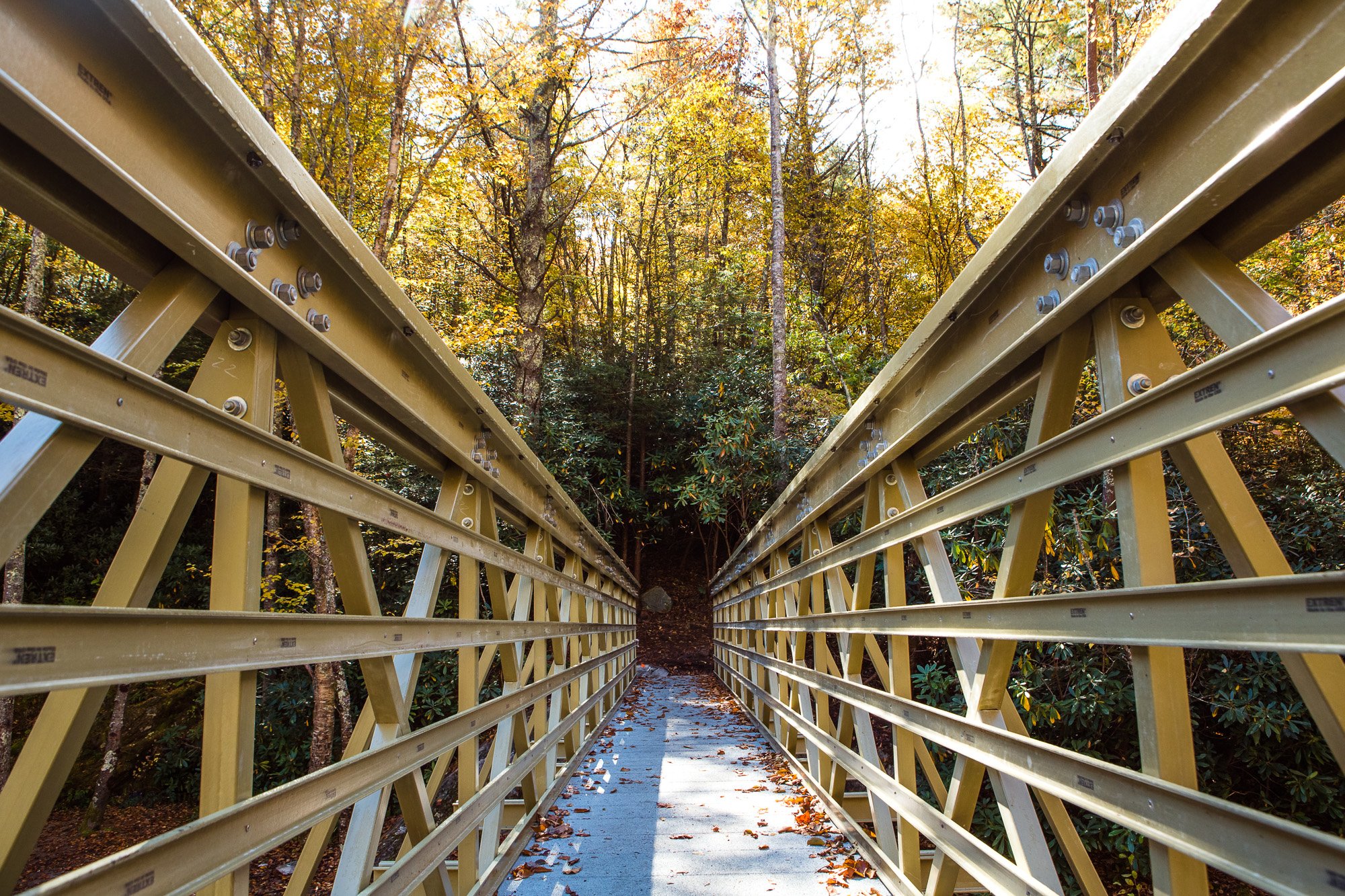Did you know the beam bridge is the simplest and oldest design for a bridge? Beam bridges are one of the most straightforward bridge designs available.
Their simple and economical design makes them ideal options for nature trails, parks, and community spaces. When you understand what beam bridges are commonly built from in the past, it can help pave the way to a current popular bridge material.
History of Beam Bridges
One of the first beam bridges mentioned in historical references is from the 7th century BC. The Romans built a bridge across the Tiber River, known as “Pons Sublicius,” which means “bridge made of wooden beams.” This is one of many wooden beam bridges referenced throughout history, showing that wood was the most used bridge material of the past.
Pedestrian Beam Bridge Design
A solid structure, a beam bridge includes a horizontal beam supported at each end by abutments. The abutments hold the weight of pedestrians, cyclists, and lightweight vehicles.
Over the years, to safely transfer the bridge’s weight to the abutments, many engineers will use a design called the “I-Beam.” The “I-Beam” allows engineers to use the smallest beams available which reduce the total amount of beams needed for the bridge. Box girders, t-girders, prestressed concrete,and rectangular beams, are among other options for beam bridges.
Bridge Material Evolution
For pedestrian bridges, although wood remains a popular bridge material, bridges have continued to evolve over the years. Steel and aluminum became popular material options. Steel’s heavyweight makes it challenging to construct a beam bridge in remote locations. Welding aluminum bridges can be challenging and weaken the structure at the weld points. That’s when a new material entered the marketplace, fiber reinforced polymer (FRP).
FRP Bridge Material
FRP is a structural fiberglass bridge material that is developed using a manufacturing process called pultrusion. It involves a molding process that pulls glass strands through a die and then embeds them into the polymer.
The result? A robust and long-lasting, and durable material option for pedestrian bridges, abutments, and more. Learn more about FRP.
Material Decision After Understanding What Are Beam Bridges Commonly Built From
Now that you understand past and present bridge material options, selecting the best material for your bridge project is next. The top four material considerations include FRP, wood, steel, and aluminum. Some key considerations to keep in mind for material selection include material weight, assembly difficulty, durability, and cost.
#1 FRP
Weight: Approximately 120 pounds per cubic foot.
Assembly: Easy to transport and can be assembled using hand tools and unskilled labor.
Durability: 100+ year lifespan with minimal maintenance.
Cost: High upfront cost, low construction cost, low frequency of replacement maintenance costs
#2 Wood
Weight: Approximately 52 pounds per cubic foot, but requires significantly more cubic feet of material to match the strength of FRP, steel or aluminum.
Assembly: Easy to transport, usually requires power tools during the assembly process.
Durability: Low durability with a 30+ year lifespan and requires frequent, ongoing maintenance.
Cost: Low upfront cost, higher construction cost, higher frequency of replacement and maintenance costs
#3 Steel
Weight: Approximately 500 pounds per cubic foot.
Assembly: Off-site assembly required, therefore, it’s difficult to transport to remote sites and requires heavy equipment to set the bridge.
Durability: 100-year lifespan, requires ongoing maintenance due to corrosion.
Cost: Moderate upfront cost, high construction cost, high maintenance costs
#4 Aluminum
Weight: Approximately 169 pounds per cubic foot.
Assembly: Off-site assembly required, therefore, difficult to transport to remote sites and requires heavy equipment to set the bridge.
Durability: 50-year lifespan, requires ongoing maintenance due to corrosion.
Cost: High upfront cost, medium-high construction cost, low maintenance costs
Getting Ready for Your Beam Bridge Project
When you’re ready to move forward on your beam bridge project, connect with the Areté team. We assist you every step of the way, from the design process to delivery. Contact us to learn more or request a quote.

